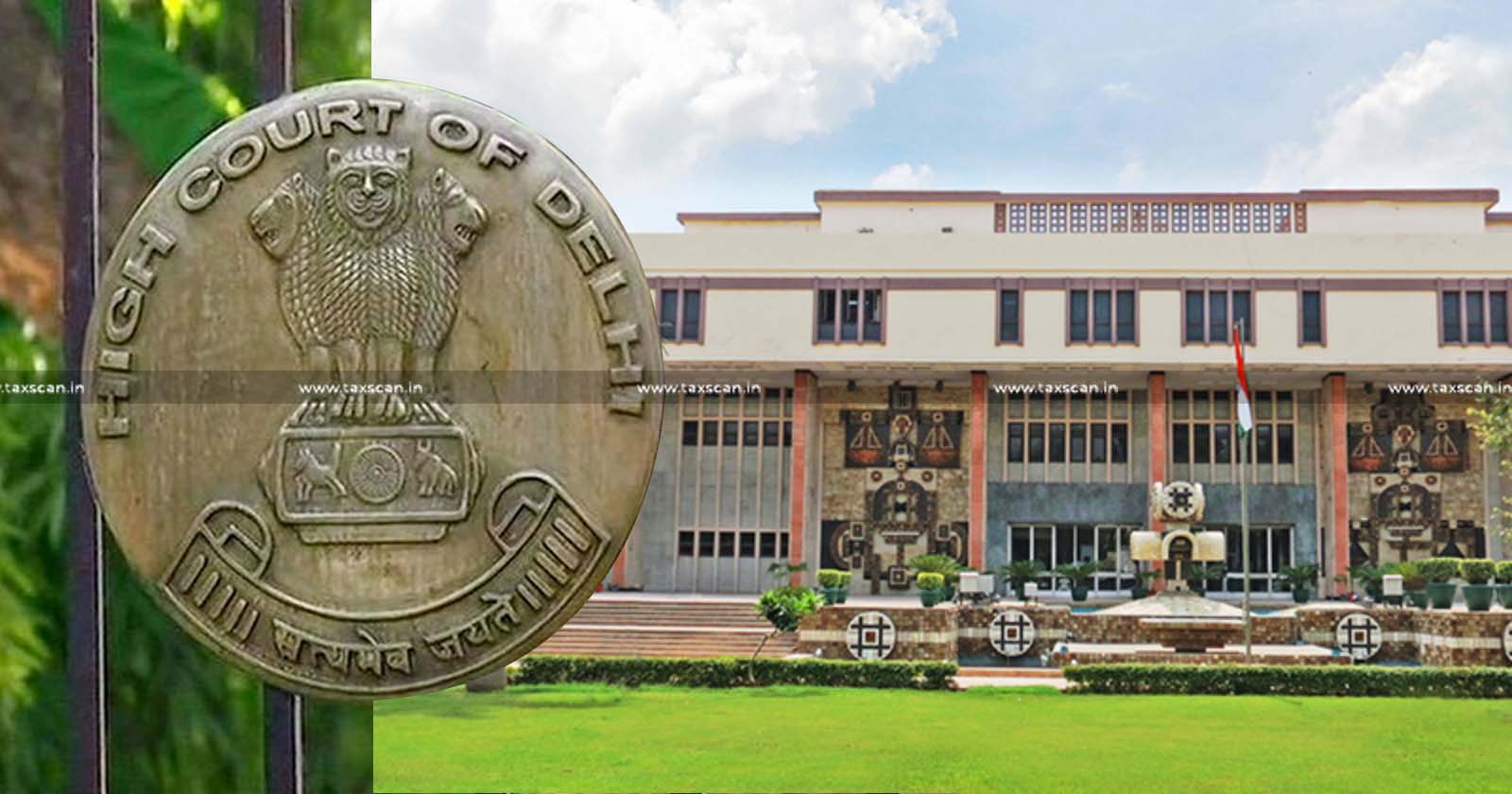Assessee’s Foreign AE not used as Tested Party in Previous Years: Delhi HC dismisses Challenge to Transfer Pricing Addition [Read Order]
Delhi HC Dismisses Challenge to Transfer Pricing Addition stating that Assessee’s Foreign AE was not used as Tested Party in Previous Years

Foreign AE – Delhi HC – Transfer Pricing Addition – taxscan
Foreign AE – Delhi HC – Transfer Pricing Addition – taxscan
In a recent the Delhi High Court dismissed the challenge to the transfer pricing addition, citing that the assessee’s foreign associated enterprise had not been used as the tested party in previous years.
The Appellant, Commissioner of Income Tax filed an appeal impugning a common order passed by the Income Tax Appellate Tribunal (ITAT) with respect to the assessment years (AYs) 2004-05 and 2005-06, thereafter the revenue’s appeal was rejected.
The revenue had impugned the order passed by CIT(A) 18.05.2010 for the assessment year 2005-06, with respect to deletion of an addition of a sum of ₹14,29,21,585/- made on account of arm’s length price (ALP) adjustment, as directed by the Transfer Pricing Officer.
Achieve Success: Expert-Led Courses for Tax and Finance Pros
The respondent Esys Information Technologies Ltd.had purchased computer hardware components for a value of ₹1,47,65,697/- along with computer hardware components for a value of ₹1,79,00,172/-, and also a transaction of ₹1,61,29,274/- for IT support services in respect of computer hardware components.
For purchase of hardware the assessee had selected Resale Price Method (RPM) and had adopted the ratio of gross profit to sales as the profit level indicator (PLI). For other transactions assessee had used transactional net marginal method (TNMM) as the most appropriate method.
There existed a dispute relating to the benchmarking of international transactions with respect to purchase of computer hardware components from its AE for a value of ₹4,13,31,00,539/-.
The transfer pricing report furnished by the assessee showed the computation of the PLI in respect of transactions as 5.43% and the PLI of comparables selected by the assessee as 1.17%.The assessee contended that the transactions with its AE were at ALP.
Achieve Success: Expert-Led Courses for Tax and Finance Pros
The TPO did not accept RPM as the most appropriate method to benchmark the international transaction and proposed TNMM as the most appropriate method for benchmarking those transactions. The TPO also selected operating profit/sales as the PLI.
The TPO calculated the assessee’s PLI at 0.479% and made an upward ALP adjustment of ₹14,29,21,585/-. The assessee aggrieved by the addition preferred an appeal before the CIT(Appeals).
CITA confirmed TNMM to be the most appropriate method however only entities who are engaged in trading of hardware, similar to the assessee may be taken as comparables. The CIT(A) adopted OP/TC as the PLI. Mean PLI of the comparables were computed at 1.52%, the PLI computed for assessee was within the accepted range.
Achieve Success: Expert-Led Courses for Tax and Finance Pros
The revenue appealed the decision of CIT(A) before ITAT. The ITAT disposed of the appeals by the impugned common order and also rejected the revenue’s contentions with regard to the transfer pricing adjustment for the AY 2004-05.
Following which the revenue appealed before the Delhi High Court, which was dismissed by the court. The revenue submitted that CIT(A) had erred in deleting the addition of ₹14,29,21,585/-. The learned counsel for revenue did not counter the observations made by ITAT.
One of the differences mentioned in the appeal was that during AY 2004-05 the assessee had used TNMM with OP/OC as the PLI for benchmarking the international transactions. The assessee had also used its foreign associated enterprise (ESYS Singapore) as a tested party.
The assessee had used RPM as the most appropriate method with PLI of GP/Sales for benchmarking transactions inAY 2005-06.
The division bench of Delhi High Court comprising Justice Vibhu Bakhru and Justice Swarana Kanta Sharma observed that TPO had rejected RPM as the most appropriate method, and had also rejected RPM as the most appropriate method and had used TNMM as the most appropriate method in both the AY’s 2004-05 and 2005-06.
The CITA had concurred with the TPO'S decision to use TNMM as the most appropriate method. The TPO rejected the use of foreign AE as a tested party, thus in both years, the assessee’s foreign AE was not used as the tested party.
Therefore the appeal was dismissed due to lack of substantial question of law.
To Read the full text of the Order CLICK HERE
Support our journalism by subscribing to Taxscan premium. Follow us on Telegram for quick updates


